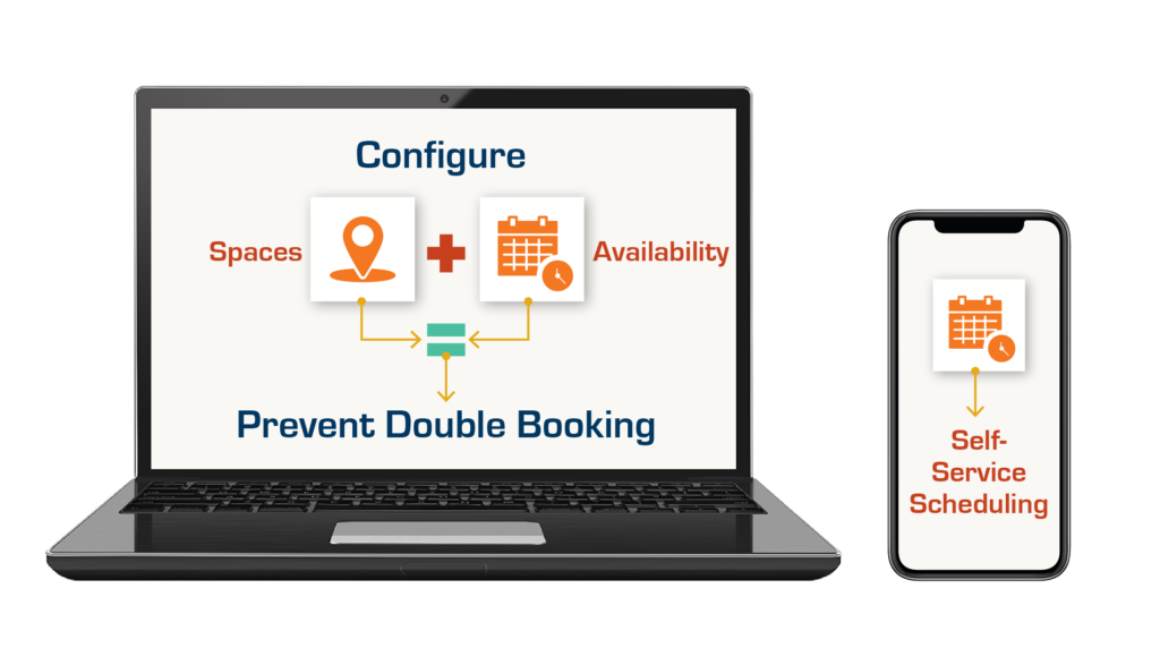The swim club member check-in procedure is a vital operation all swim clubs should have running efficiently. If the staff is unable or unsuccessful at tracking the entrance and exit of members, selling memberships is not even necessary.
People will take advantage of a pool with a lack of access control. It’s a sad truth that many swim clubs have had to learn. In order to save the primary revenue channel, clubs have chosen systems that work best for their pool.
So far, two main options have become the most popular, but both have pros and cons that I will discuss in this article.
Manual
This is the most commonly seen choice in swim clubs today. Whether it be a sign-in sheet and a pen or a binder of names for staff to look through, most pools choose this simple, yet inefficient system.
Some positives of the manual option include ease for guests, no need for technology, and less expensive tools. However, the negatives have begun to outweigh the positives with manual check-in.
Manual swim club member check-in lacks organization within the member system. There is no way for staff to be updated on membership status (unless it is updated often). It is tough to identify that the person entering is who they say they are. Consequently, this system takes time and energy from both the members and the staff.
Usually, members come into the pool carrying heavy bags, floats, and trying to keep track of wild children. They do not want to have to stop and drop everything to sign in or wait for the staff to find their name. That is why the popularity of digital check-in has grown drastically.
Digital
The digital route has multiple options to choose from within it. Whether you want your members to check in with their name (typically the last name), barcodes/custom IDs, or assigned member numbers, your pool can handle access control through an online system.
Name
Normally, clubs that use the name for membership check-in will base it off of the last name. This allows the check-in to manage the whole family at once. In the system all members that are paid for are listed under the last name. When the members check-in, the members of the family that are attending are able to be checked in all at once.
Barcodes/Custom IDs
Using barcodes or custom IDs is by far the simplest and most popular digital option. You will commonly see these IDs as membership cards or key fobs. One of the factors that usually drives people away from this option is the cost of the technology to process the IDs. However, many clubs have adjusted their membership prices to include the cost of the card/key.
Within this option, pools have the choice of checking in members individually or as a family. With the individual option, each family member receives their own ID and has to sign in themselves. Some see this as an inconvenience because younger kids are unable to keep track of their own IDs. A quick tip to solve this problem is to make the ID able to be clipped/tied onto bags. With this ability, the family can keep all IDs secure by tying them together on their pool bag.
The individual ID check-in is the quickest option and usually requires the least amount of front desk staff. However, some pools choose to make it easier on members and create family IDs. This option usually only requires one check in for multiple members. With family check-in, remember that multiple IDs may be given, but all must have the same number/barcode.
Lastly, pools also give out numbers for swim club member check-in. This check-in option usually comes in the form of computer-generated member numbers or bondholder ownership numbers. I never recommend the computer generated numbers to my clients because the numbers can be long and hard to remember for members. What I see happen a lot is that members will have to ask staff to look up their number more often than actually remembering it. However, this process again is quick and can require little to no staff assistance.
Things to Think About For Swim Club Member Check In:
When reviewing the options for membership check-in, keep in mind the tracking of guest and childcare passes. If you prefer a route that requires no gate/front desk staff, guest pass tracking becomes almost impossible. When you choose the method you prefer, don’t forget about those important revenue channels.
Also, the digital check-in system will require software to handle the tracking process. When looking at the software’s features, it is vital that it offers a membership status verification. This feature alerts staff if someone who has stopped paying for their membership is trying to check in. I have noticed that a lot of the software offers don’t contain this important feature.
With that feature, make sure the software can attach the payments to the status automatically. No staff member wants to have to manually update membership statuses after every payment period.
Access control through member check-in is a top priority when protecting the membership fee revenue channel. Pools would not be successful without the members’ payments. Making sure people aren’t using your facility without contributing financially will make or break a pool’s prosperity.
Learn more About eSoft Planner.
eSoft Planner is flexible, affordable, simple, and perfect for small business owners. Request your free demo today to see how we can help you consolidate effort, save time, increase revenue, and grow your business.
Plus, Follow us on Facebook to stay current on industry news and the latest from eSoft Planner.










